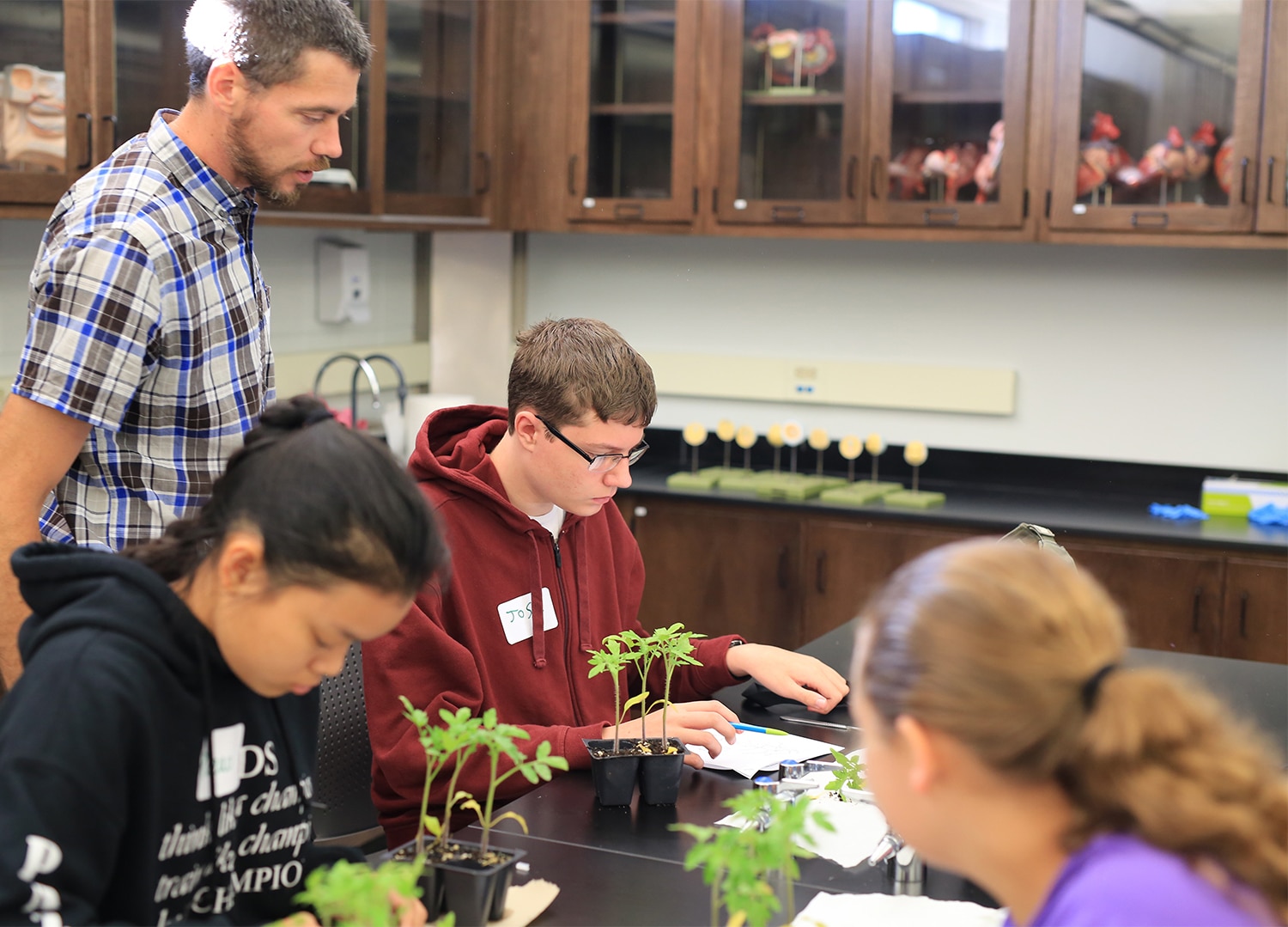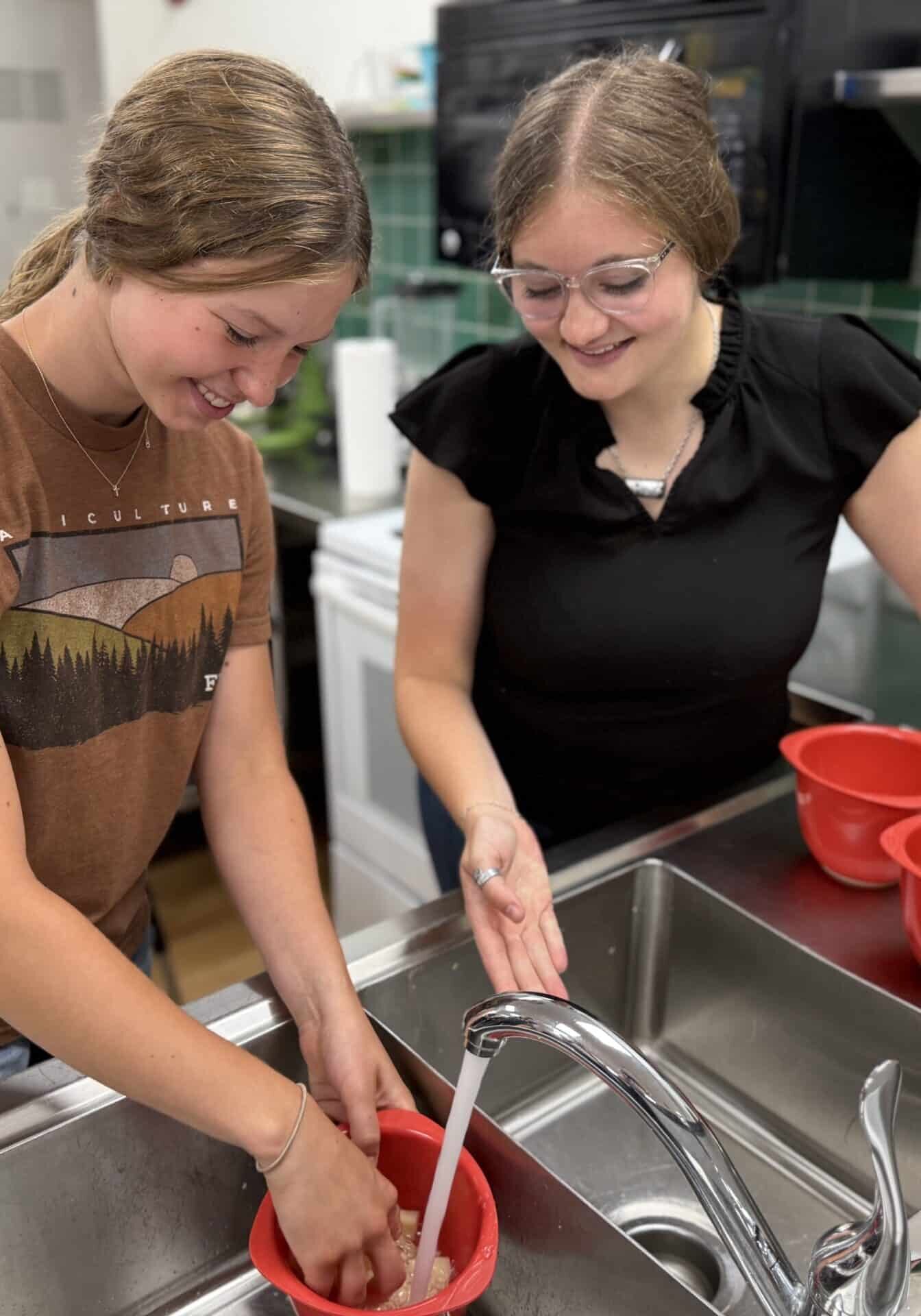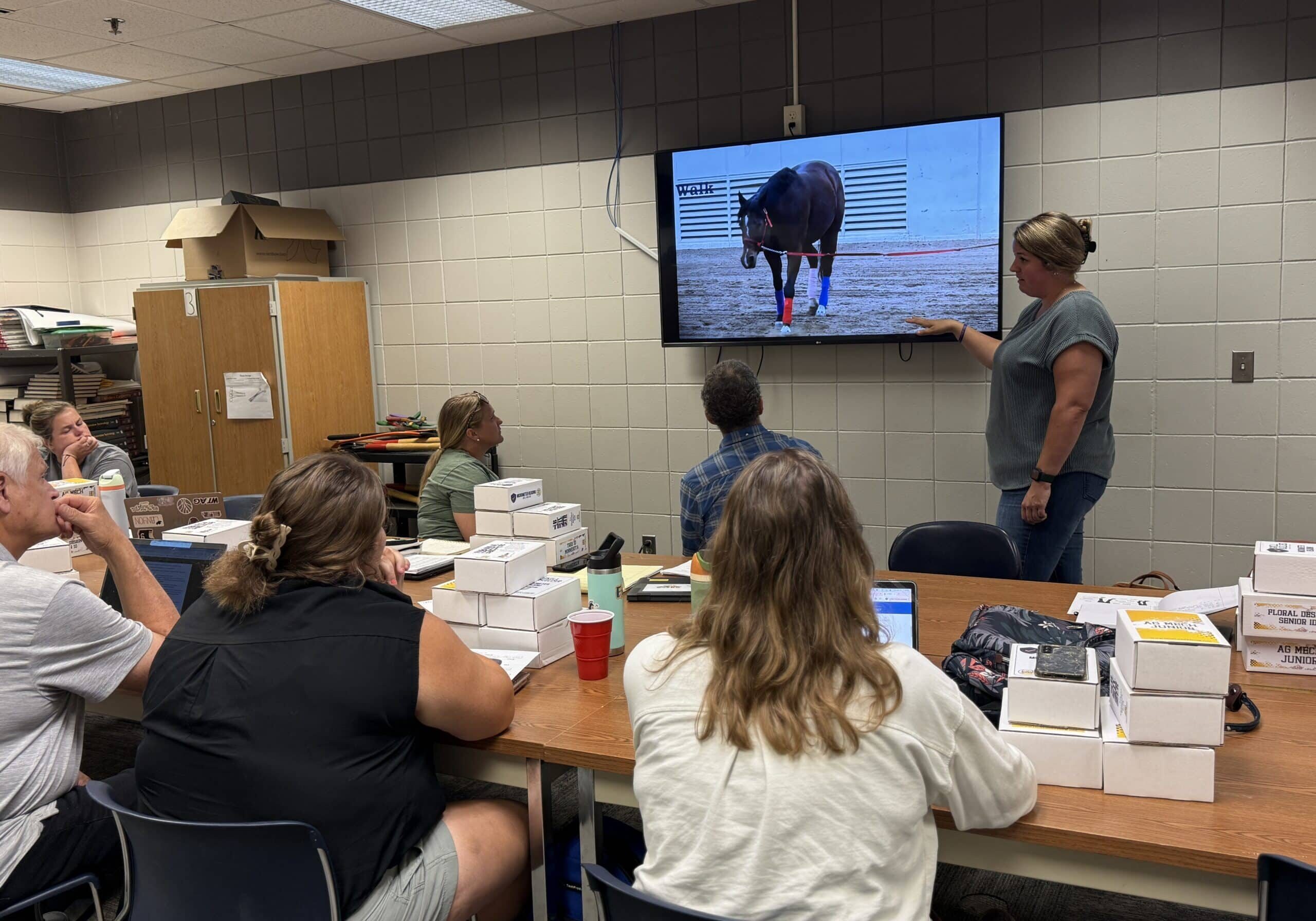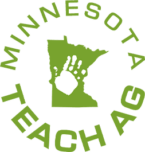Support Educator Career Readiness
We appreciate your interest in implementing an Agriculture, Food, and Natural Resources (AFNR) program within your district. These programs, as part of Career & Technical Education (CTE), consist of three essential components mandated by federal and state policies to support career readiness:
1. Classroom & Laboratory Instruction: Focuses on academic excellence and rigorous practical experiences.
2. Work-Based Learning/SAE: Emphasizes the development of technical skills through relevant hands-on experiences.
3. Leadership Development/FFA: Cultivates critical workplace and social skills through structured leadership activities.

It is important to note that Work-Based Learning (WBL) and FFA are fundamental components of the AFNR education framework, rather than mere extracurricular activities. To maintain membership in FFA or participate in Supervised Agricultural Experiences (SAE), students are required to enroll in at least one AFNR course each academic year. The National FFA Organization plays a pivotal role in enhancing student leadership, personal growth, and career success.
Agricultural Education Pathway Disciplines
AFNR education encompasses a wide range of disciplines, including plant and animal production as well as environmental and natural resource management. Many of these courses fulfill graduation requirements in areas such as science, art and economics. The curriculum includes instruction across various career pathways, including:
Both public charter and private schools are eligible to initiate these programs and apply for approval from the Minnesota Department of Education, although they must adhere to the same regulatory framework as public schools and may have limited access to certain tax revenues.
AFNR Program Approval Process
The first step in establishing an AFNR program is obtaining program approval from the Minnesota Department of Education. The evaluation process assesses school districts with defined criteria, and renewal is required every five years. Key requirements for program approval include an appropriately licensed teacher, sequential course content aligned with AFNR standards, compliance with required components of an AFNR program (ex. leadership opportunities through FFA, safety policies, etc.), and an established advisory committee. The application process is available online at the Minnesota Department of Education.
Chartering an FFA Chapter
Once an AFNR program is approved, schools may establish an FFA chapter. To initiate the chartering process, schools must submit an application demonstrating adherence to program approval criteria, including an adopted constitution and bylaws.


Agricultural Funding Opportunities
As you begin an AFNR program, funding can be sourced from multiple avenues:
Perkins V
Federal funding aimed at enhancing CTE services, providing approximately $18 million to Minnesota.
CTE Levy
This allows school districts to receive state reimbursement for up to 35% of eligible CTE expenditures.
Summer Grants
State funding is available for AFNR programs during summer months, requiring a matching contribution.
Public charter schools may apply for Perkins funding and other grant opportunities, while private institutions have limited access to these resources.
For additional information about how to start a program, connect with the Minnesota Department of Education.
